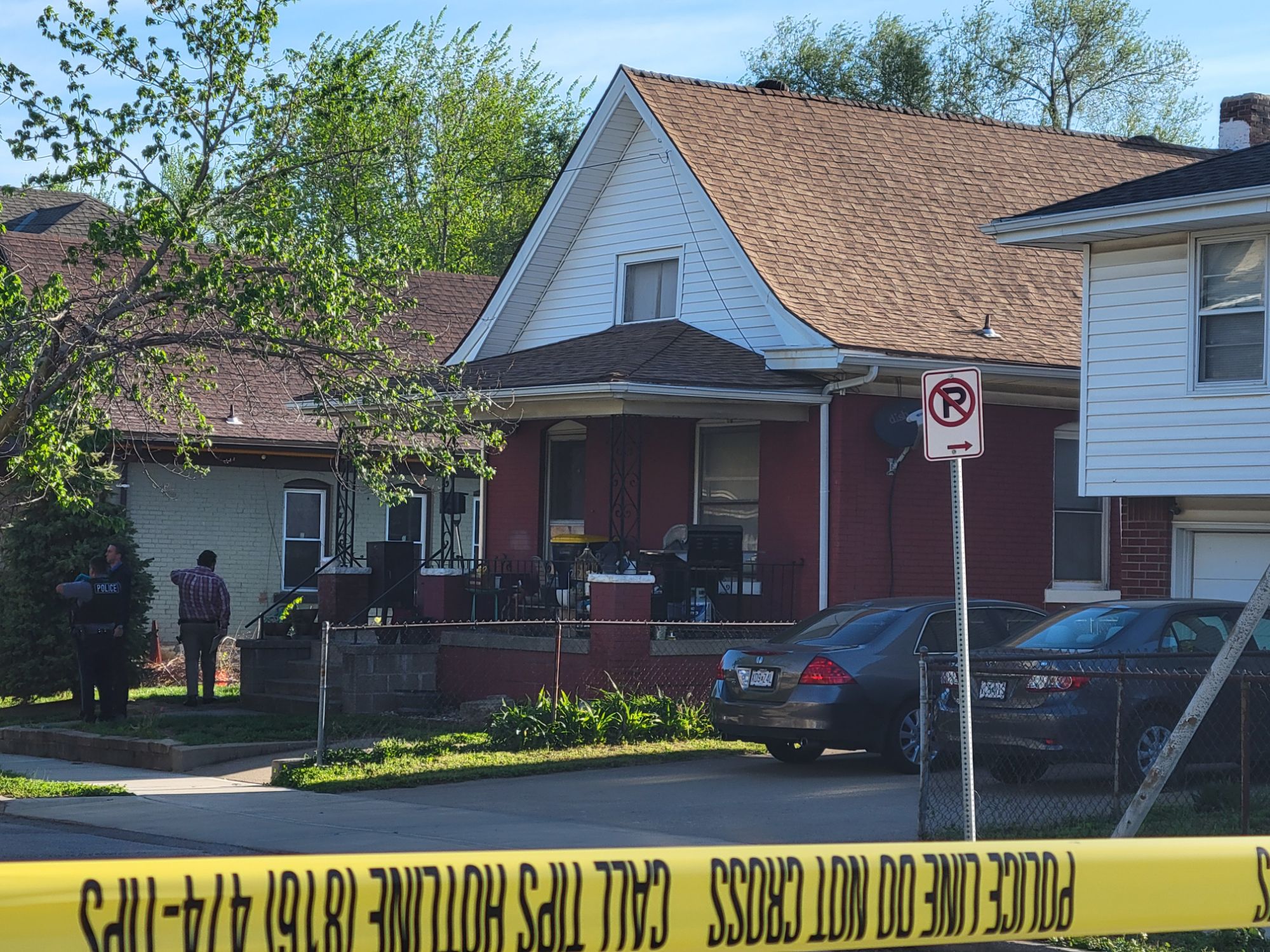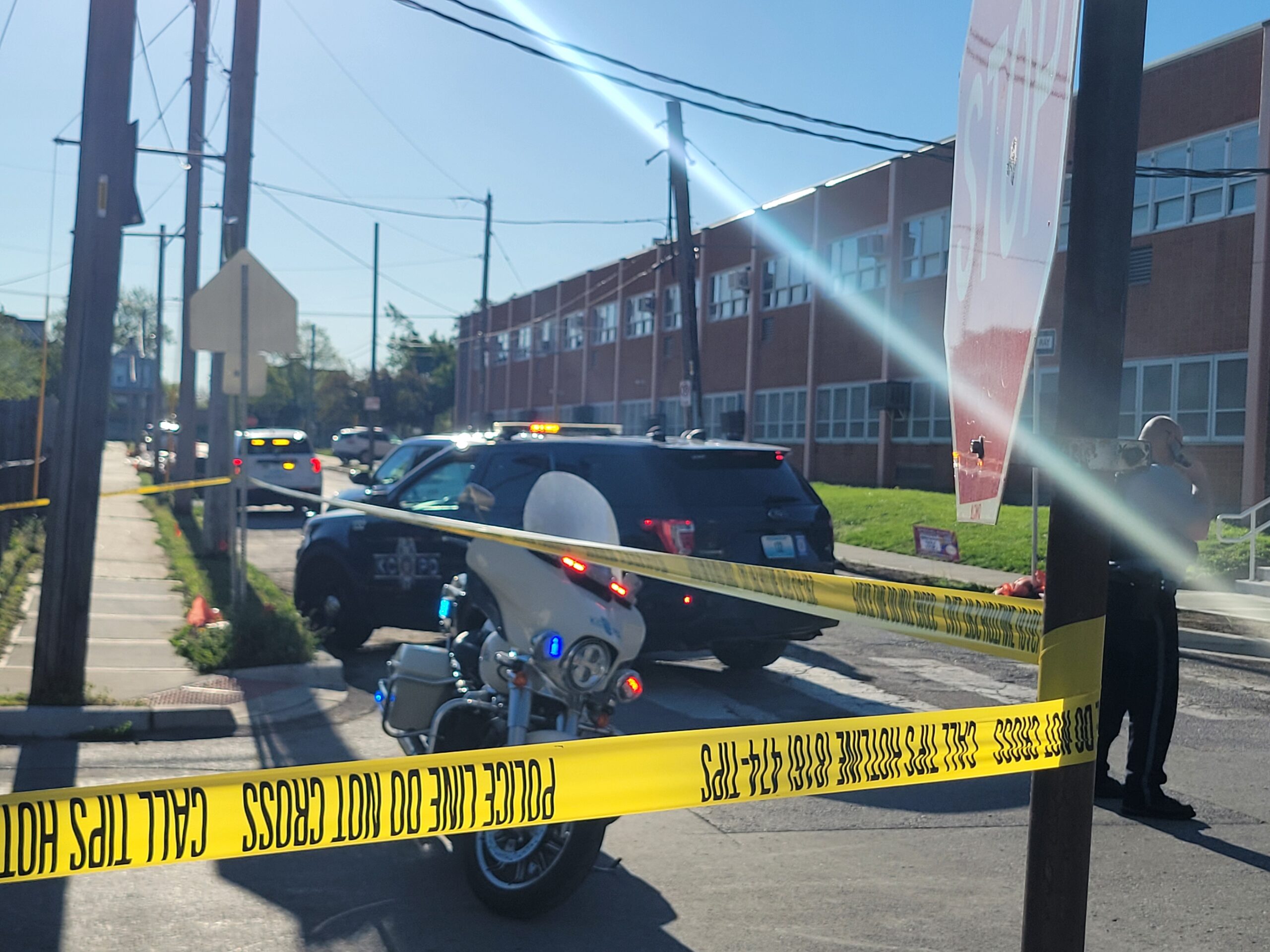By Abby Cambiano
On August 21, residents of Missouri will experience a natural phenomenon that has not happened in the state since 1869. A solar eclipse will leave areas of Missouri in the dark—in the middle of the day.
The Missouri Department of Conservation has mapped out the path and suggested conservation areas ideal for viewing while avoiding light pollution. All of the suggested areas have restrooms available and visitors can continue normal activities such as fishing, hiking and wildlife watching. Some animals may exhibit unusual behaviors during the eclipse.
“Daylight is a cue for birds throughout their day to wake up in the morning and return to the roost at night,” Sarah Kendrick, MDC State Ornithologist, said. “As the sky becomes darker during the eclipse, some birds may become confused by the lack of light and could exhibit odd behaviors such as going quiet, thinking that night is falling.”
All MDC conservation areas are free and open to the public, but some might require visitors to obtain a special use permit for group camping. The MDC recommends bringing solar eclipse-approved glasses to view the event.
There are 54 conservation areas suggested for viewing the event, with a few close to the Kansas City metro. Burr Oak Woods in Blue Springs, Cooley Lake in Missouri City, Maple Leaf Lake in Higginsville and Ralph and Martha Perry Conservation Area are all within an hour’s drive of the Kansas City area.
During a total eclipse, the moon passes between the earth and sun, shading the earth and showing the sun’s outer atmosphere, the corona. According to NASA, during the eclipse, areas in the path will experience a temperature drop and a dusk-like light. The eclipse will move from west to east across Missouri, starting in St. Joseph at 1:04 p.m. and ending in Cape Girardeau at 1:20 p.m.
An interactive map of all the suggested locations can be viewed on the Missouri Department of Conservation website, mdc.mo.gov/eclipse, as well as additional information about the recommended conservation areas.


















